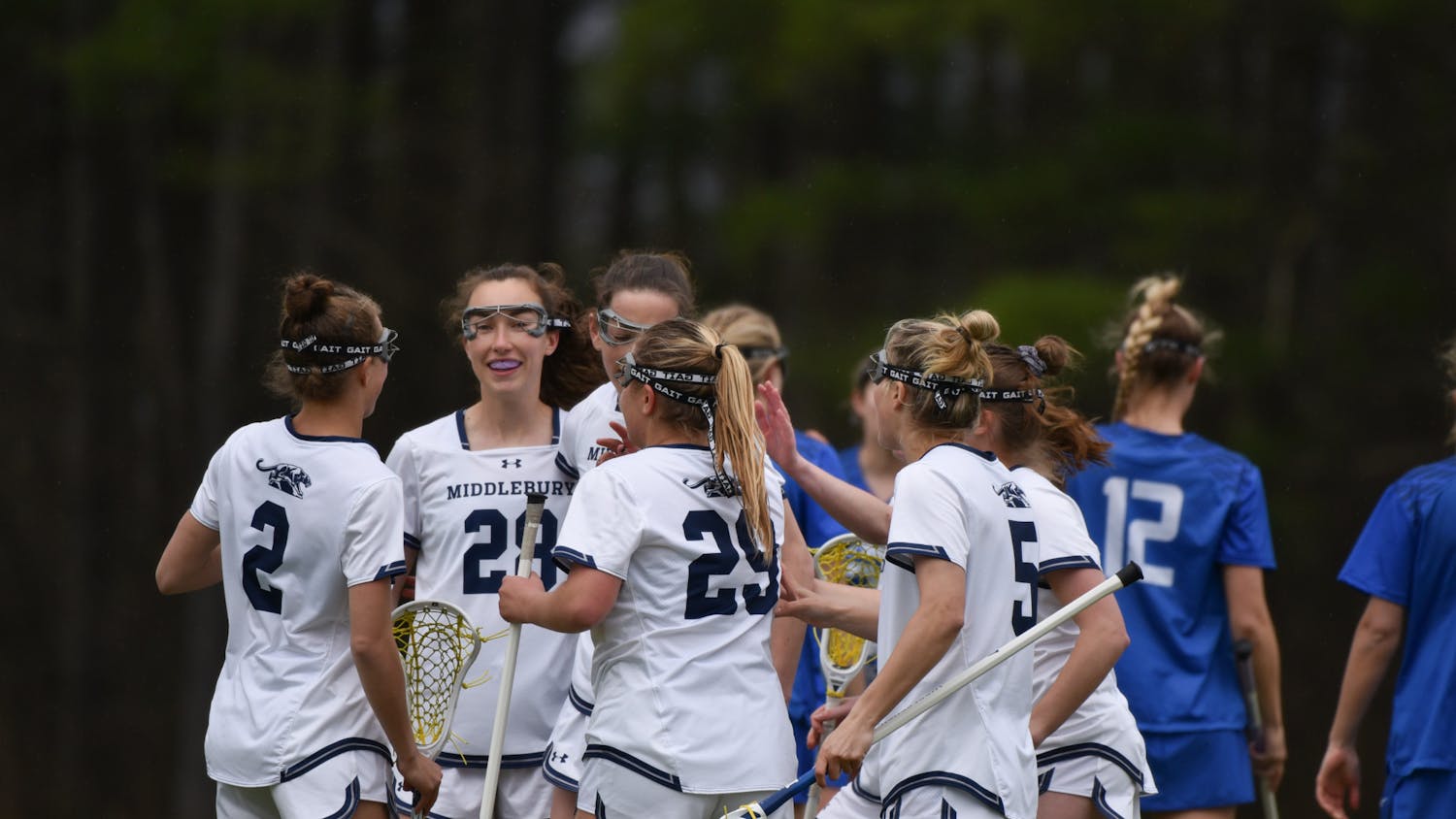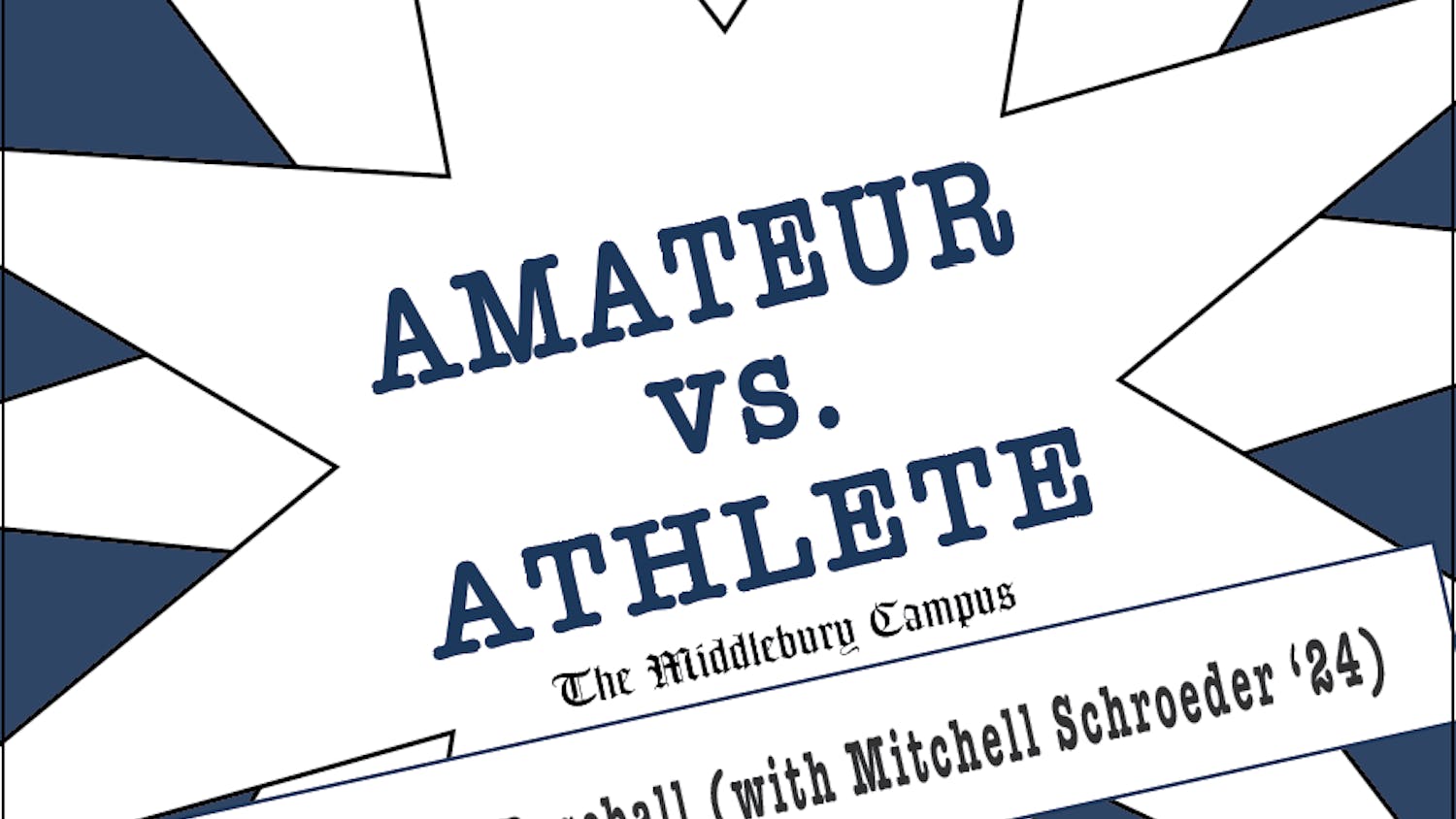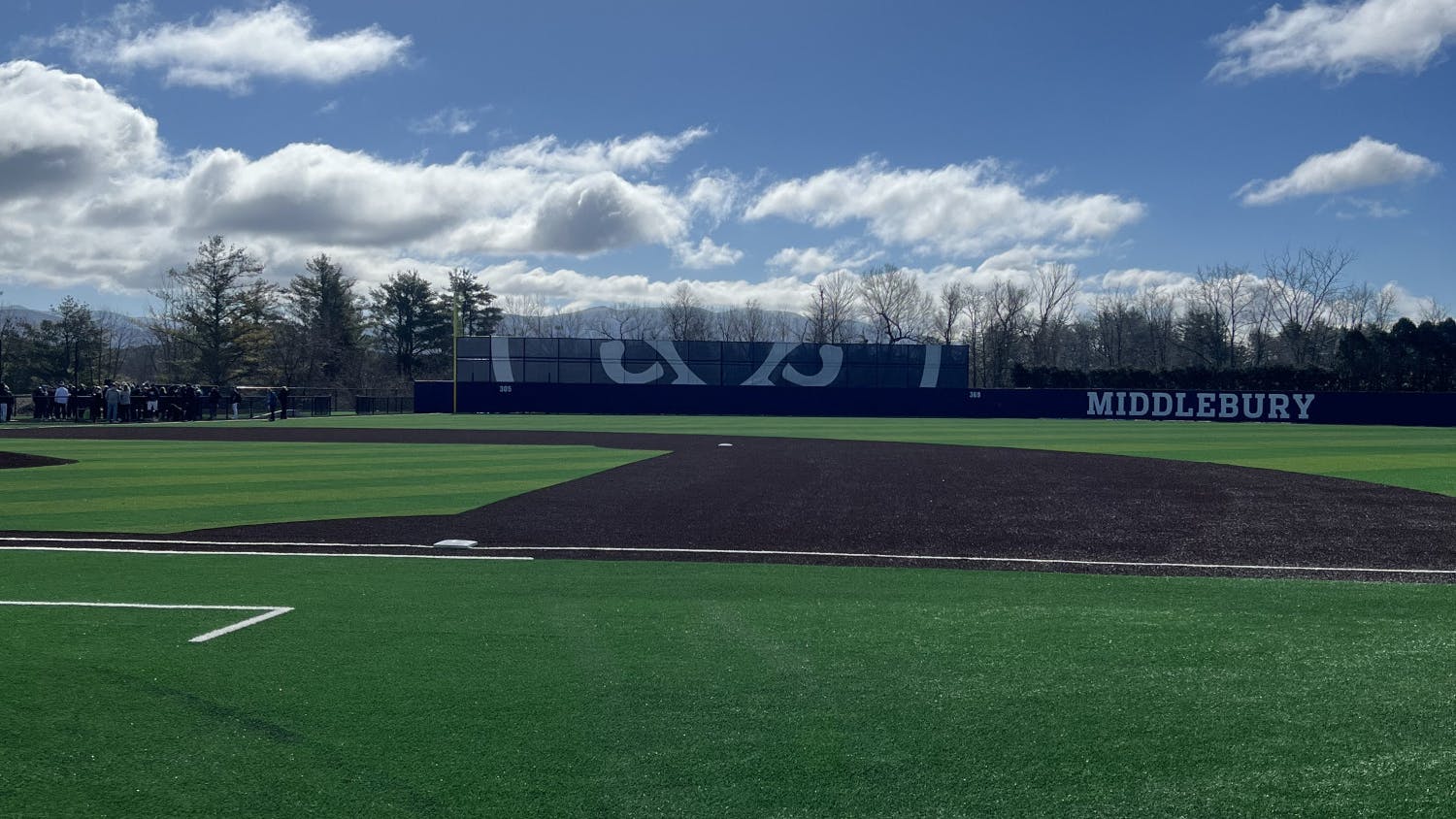The day is January 1, 2013. A jaw-dropping 100,000 spectators pack Michigan University’s football stadium to see the annual NHL Winter Classic contested between the Toronto Maple Leafs and the Detroit Red Wings. This is outdoor hockey, the way the game was meant to be played.
Over the past five seasons the Classic has become a symbol of the new-look National Hockey League, a league that has grown exponentially in both popularity and financial might since the labor stoppage that canceled the 2004-2005 season. The Winter Classic now regularly competes for television ratings with traditional NCAA Football bowl games, once a pipe dream for NHL enthusiasts. In fact, the Classic has spun off an annual, popular HBO documentary series called 24/7 that tracks players from the two competing teams leading up the game.
Sounds good, right? One can therefore imagine the hockey world’s collective frustration as last Thursday commissioner Gary Bettman canceled the Classic as part of the ongoing labor dispute between the owners and players’ union.
The league’s immense financial expansion since the last lockout (up to $3.2 billion revenue in 2011-2012) has led the disputants to yet another labor standoff, which began when the collective bargaining agreement (CBA) expired on Sept. 15, signaling a halt to the league’s progress over the last seven years. This is why today, nearly a month after the “Opening Night” of Oct. 11, we have yet to see the players touch the ice.
As an ardent hockey fan, even I can understand why owners might balk at the league’s current financial system. Contract values are growing at an unsustainable rate, as exemplified by the Minnesota Wild handing out a pair of 13 year/$98 million mega-contracts to Zach Parise and Ryan Suter this past off-season.
Owners and players are also negotiating the split of hockey-related revenues, a sore subject for the players who received 57 percent under the previous CBA. Other mundane financial factors in the negotiations include the salary cap and free agency terms.
However, nothing epitomizes a lose-lose situation more than a canceled season.
Financially, both sides are already suffering. With the cancelation of all regular season games through Dec. 1, not to mention the Winter Classic, the NHL has already forfeited almost $1 billion in revenue. It is hard to imagine how arguing over percentage points of long-term revenue split makes up for that kind of dough.
In terms of reputation, the NHL is becoming the laughing stock of major American pro sports. Facing its second season cancellation in the last eight years, the NHL is the only league to have lost an entire season due to labor discord. The NFL and NBA both faced similar situations last season, but got deals in place. Setting aside the blame game, both the owners and the players are losing credibility as the lockout continues.
I remember going to Washington Capitals games following the 2004-2005 lockout to see 5,000 fans in the Verizon Center. In recent seasons, that quarter-full arena regularly reached capacity, a trend equally fueled by hockey’s growth and the play of Capitals sensation Alex Ovechkin. Either way, that type of popularity takes years to build and far less time to lose.
Another aspect of the labor stoppage is the ripple effect on the larger hockey economy. Here, I mean the arena ushers, snack vendors and parking attendants that will have at least 41 less days of work this year. While owners and the big-name players get the attention, this consequence is the most unfortunate.
Not to mention the fact that the players are unevenly affected by the lockout. Players who have been in the league for only two or three seasons count on their (often short) careers for life-long financial security. A lost year to them is devastating.
If a deal is reached in time for a shortened season, fans will forgive the NHL. Today, this looks like a long shot. Either way, the lockout is disheartening for life-long fans and takes away from a game that has produced many memorable moments in my life.
I hope that I am wrong. I hope that the two sides reach a new CBA before this article is in print. However, my hope is wearing thin.
With the Redskins fading and the Wizards tanking, how long until MLB spring training?
Day 54
Comments



